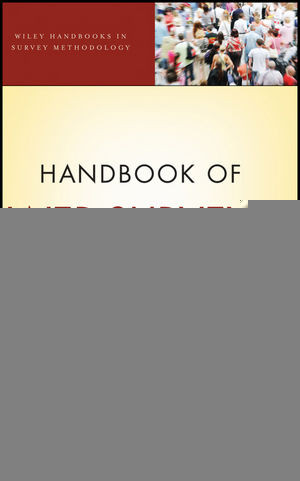

Most ebook files are in PDF format, so you can easily read them using various software such as Foxit Reader or directly on the Google Chrome browser.
Some ebook files are released by publishers in other formats such as .awz, .mobi, .epub, .fb2, etc. You may need to install specific software to read these formats on mobile/PC, such as Calibre.
Please read the tutorial at this link: https://ebookbell.com/faq
We offer FREE conversion to the popular formats you request; however, this may take some time. Therefore, right after payment, please email us, and we will try to provide the service as quickly as possible.
For some exceptional file formats or broken links (if any), please refrain from opening any disputes. Instead, email us first, and we will try to assist within a maximum of 6 hours.
EbookBell Team

4.3
78 reviewsExclusively combining design and sampling issues, Handbook of Web Surveys presents a theoretical yet practical approach to creating and conducting web surveys. From the history of web surveys to various modes of data collection to tips for detecting error, this book thoroughly introduces readers to the this cutting-edge technique and offers tips for creating successful web surveys.
The authors provide a history of web surveys and go on to explore the advantages and disadvantages of this mode of data collection. Common challenges involving under-coverage, self-selection, and measurement errors are discussed as well as topics including:
Sampling designs and estimation procedures
Comparing web surveys to face-to-face, telephone, and mail surveys
Errors in web surveys
Mixed-mode surveys
Weighting techniques including post-stratification, generalized regression estimation, and raking ratio estimation
Use of propensity scores to correct bias
Web panels
Real-world examples illustrate the discussed concepts, methods, and techniques, with related data freely available on the book's Website. Handbook of Web Surveys is an essential reference for researchers in the fields of government, business, economics, and the social sciences who utilize technology to gather, analyze, and draw results from data. It is also a suitable supplement for survey methods courses at the upper-undergraduate and graduate levels.
Content: